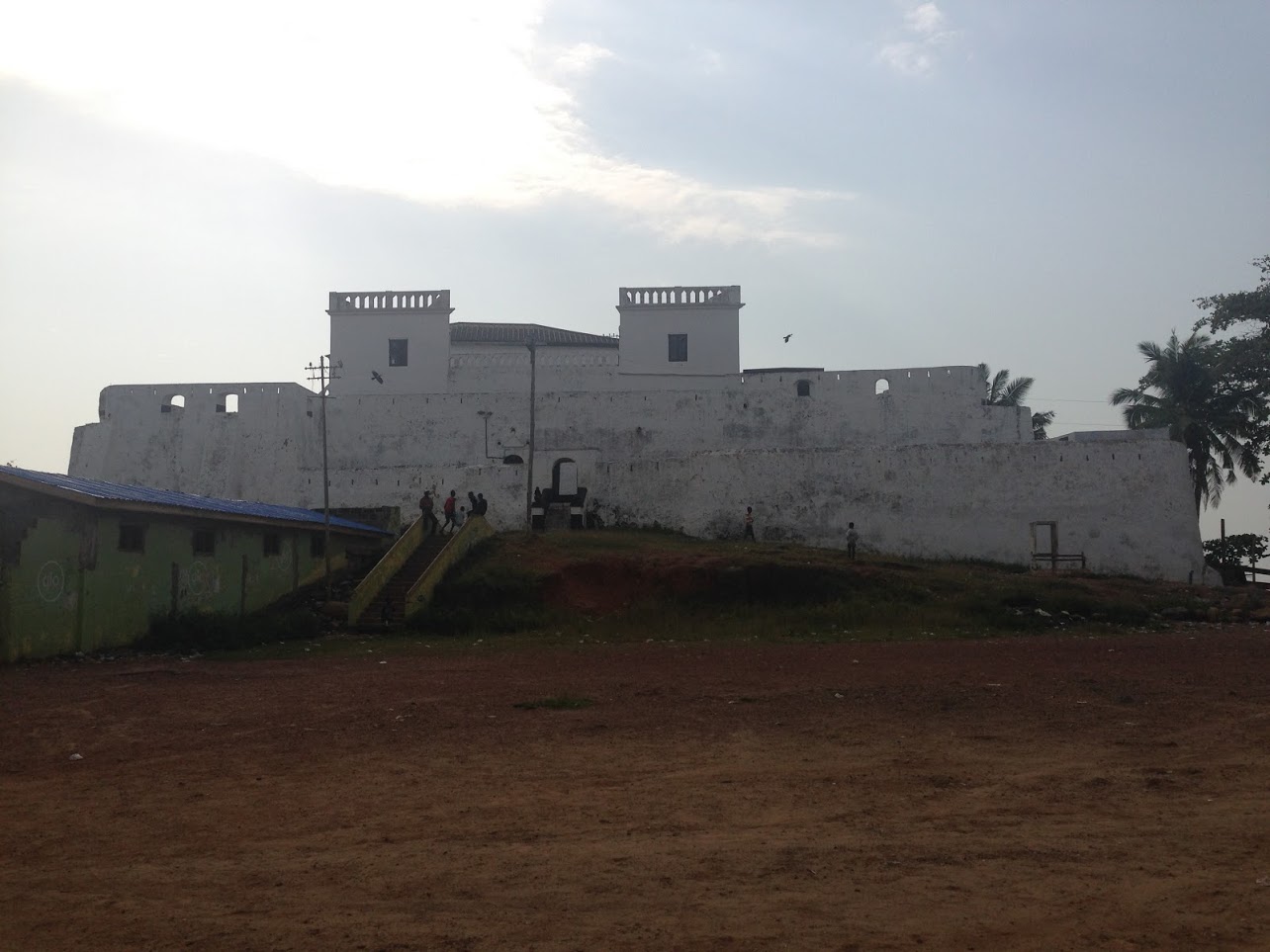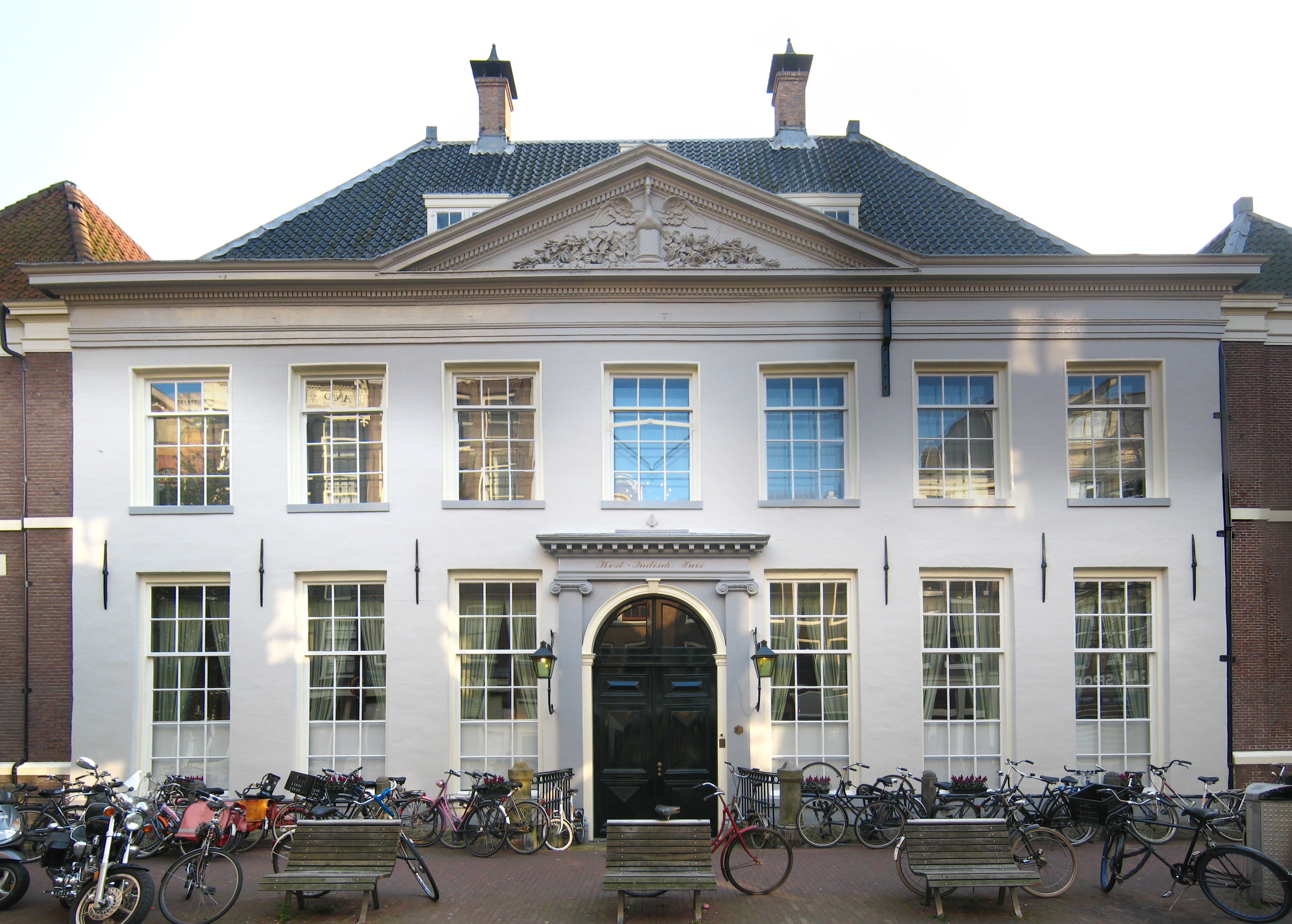|
Fort Saint Anthony
Fort Saint Anthony (Portuguese: ''Forte de Santo António''; Dutch: ''Fort Sint Anthony'') was a fort built by the Portuguese in 1515 near the town of Axim, in what is now Ghana. In 1642, the Dutch captured the fort and subsequently made it part of the Dutch Gold Coast. The Dutch expanded the fort considerably before they turned it over, with the rest of their colony, to the British in 1872. The fort is now the property of the Ghanaian state and is open to the public. As the westernmost fort of the Dutch possessions, Fort Saint Anthony was the first fort encountered by Dutch traders, and the place where provisions and fresh water were taken in. Fort Saint Anthony remained an important fort in the Dutch possessions, with its commandant serving as senior commissioner (Dutch: ''oppercommies'') in the Colonial Council in Elmina, together with the commandant of Fort Nassau at Moree, the commandant of Fort Crèvecoeur at Accra, and the commandant of the factory at Ouidah, on the Dut ... [...More Info...] [...Related Items...] OR: [Wikipedia] [Google] [Baidu] |
Dutch Gold Coast
The Dutch Gold Coast or Dutch Guinea, officially Dutch possessions on the Coast of Guinea (Dutch: ''Nederlandse Bezittingen ter Kuste van Guinea'') was a portion of contemporary Ghana that was gradually colonized by the Dutch, beginning in 1612. The Dutch began trading in the area around 1598, joining the Portuguese which had a trading post there since the late 1400s. Eventually, the Dutch Gold Coast became the most important Dutch colony in West Africa after Fort Elmina was captured from the Portuguese in 1637, but fell into disarray after the abolition of the slave trade in the early 19th century. On 6 April 1872, the Dutch Gold Coast was, in accordance with the Anglo-Dutch Treaties of 1870–71, ceded to the United Kingdom. History The Dutch settle on the Gold Coast The Portuguese were the first Europeans to arrive in contemporary Ghana. By 1471, they had reached the area that was to become known as the Gold Coast because it was an important source of gold. The Portuguese ... [...More Info...] [...Related Items...] OR: [Wikipedia] [Google] [Baidu] |
UNESCO
The United Nations Educational, Scientific and Cultural Organization is a specialized agency of the United Nations (UN) aimed at promoting world peace and security through international cooperation in education, arts, sciences and culture. It has 193 member states and 12 associate members, as well as partners in the non-governmental, intergovernmental and private sector. Headquartered at the World Heritage Centre in Paris, France, UNESCO has 53 regional field offices and 199 national commissions that facilitate its global mandate. UNESCO was founded in 1945 as the successor to the League of Nations's International Committee on Intellectual Cooperation.English summary). Its constitution establishes the agency's goals, governing structure, and operating framework. UNESCO's founding mission, which was shaped by the Second World War, is to advance peace, sustainable development and human rights by facilitating collaboration and dialogue among nations. It pursues this objective t ... [...More Info...] [...Related Items...] OR: [Wikipedia] [Google] [Baidu] |
Dutch West India Company
The Dutch West India Company ( nl, Geoctrooieerde Westindische Compagnie, ''WIC'' or ''GWC''; ; en, Chartered West India Company) was a chartered company of Dutch merchants as well as foreign investors. Among its founders was Willem Usselincx (1567–1647) and Jessé de Forest (1576–1624). On 3 June 1621, it was granted a charter for a trade monopoly in the Dutch West Indies by the Republic of the Seven United Netherlands and given jurisdiction over Dutch participation in the Atlantic slave trade, Brazil, the Caribbean, and North America. The area where the company could operate consisted of West Africa (between the Tropic of Cancer and the Cape of Good Hope) and the Americas, which included the Pacific Ocean and the eastern part of New Guinea. The intended purpose of the charter was to eliminate competition, particularly Spanish or Portuguese, between the various trading posts established by the merchants. The company became instrumental in the largely ephemeral Dutch coloni ... [...More Info...] [...Related Items...] OR: [Wikipedia] [Google] [Baidu] |
Fort Ruychaver
Fort Ruychaver, also Fort Ruijghaver, was a Dutch trading post in the hinterland of the Gold Coast, in contemporary Ghana. It existed between 1654 and 1660 on the banks of River Ankobra. The name of the post goes back to Jacob Ruijghaver, the director of the Dutch West India Company's possessions on the Gold Coast, who ordered its establishment. The aim of the trading post was to enhance the trade in gold, as the area surrounding the fort was locally renowned for its gold mines. The classification of the trading post as a fort is a product of modern literature. The trading post was probably not as reinforced as the term "fort" implies, and likely consisted of a simple lodge and a few smaller huts. Location In the literature, two possible locations for the fort are given. The map shows both these locations. One possibility is that Fort Ruychaver was situated on the right bank of the Ankobra River, opposite the Bonsa River, in the Egwira Region. Doorman, among others, was of ... [...More Info...] [...Related Items...] OR: [Wikipedia] [Google] [Baidu] |
Gold Mine
Gold Mine may refer to: *Gold Mine (board game) *Gold Mine (Long Beach), an arena *"Gold Mine", a song by Joyner Lucas from the 2020 album '' ADHD'' See also * ''Gold'' (1974 film), based on the novel ''Gold Mine'' by Wilbur Smith *Gold mining Gold mining is the extraction of gold resources by mining. Historically, mining gold from alluvial deposits used manual separation processes, such as gold panning. However, with the expansion of gold mining to ores that are not on the surface, ... * Goldmine (other) {{disambiguation ... [...More Info...] [...Related Items...] OR: [Wikipedia] [Google] [Baidu] |
Ankobra River
The Ankobra River is primarily situated in Ghana. Rising north east of Wiawso, it flows about south to the Gulf of Guinea. Its entire course is in south Ghana.Ankobra River ''secsd.com''. /ref> Near its mouth are the remains of , a Dutch trading post abandoned in 1711, The Ankobra River is fed by the . Small ships can navigate inland, whilst the upper reaches contain |
Ankobra
The Ankobra River is primarily situated in Ghana. Rising north east of Wiawso, it flows about south to the Gulf of Guinea. Its entire course is in south Ghana.Ankobra River ''secsd.com''. /ref> Near its mouth are the remains of , a Dutch trading post abandoned in 1711, The Ankobra River is fed by the Nini River
The Nini is a river in south-western Ghana. It is one of the rivers for which the Nini-Suhien National Park ...
[...More Info...] [...Related Items...] OR: [Wikipedia] [Google] [Baidu] |
Jan Valckenburgh
Jan Valckenburgh (born 1623 – 8 July 1667) was a civil servant of the Dutch West India Company. Valckenburgh began as a simple assistant-trader, but managed to make career up to one of the highest ranks, that of Director-General of the Dutch Gold Coast, twice. Biography Born into a family of modest means, Valckenburg was baptized in the Oude Kerk in Amsterdam on 2 April 1623. His father, Paulus Paulusz Valckenburgh was a basket weaver from Geleen, his mother Geertje Lamberts a housewife. Valckenburgh became a commissioner in food supplies in Luanda in 1643 and returned to Amsterdam in 1649, after the recapture of Luanda by the Portuguese. It is likely that he married the same year to Dina Lems from Flushing, a daughter of former Governor of Dutch Brazil and later Luanda, Adriaen Lems. Valckenburgh returned to West-Africa in 1652 when he was installed as fiscal on the Gold Coast. In Elmina, he had a relationship with mulatto Helena Correa, who was also the mistress of th ... [...More Info...] [...Related Items...] OR: [Wikipedia] [Google] [Baidu] |
Netherlands
) , anthem = ( en, "William of Nassau") , image_map = , map_caption = , subdivision_type = Sovereign state , subdivision_name = Kingdom of the Netherlands , established_title = Before independence , established_date = Spanish Netherlands , established_title2 = Act of Abjuration , established_date2 = 26 July 1581 , established_title3 = Peace of Münster , established_date3 = 30 January 1648 , established_title4 = Kingdom established , established_date4 = 16 March 1815 , established_title5 = Liberation Day (Netherlands), Liberation Day , established_date5 = 5 May 1945 , established_title6 = Charter for the Kingdom of the Netherlands, Kingdom Charter , established_date6 = 15 December 1954 , established_title7 = Dissolution of the Netherlands Antilles, Caribbean reorganisation , established_date7 = 10 October 2010 , official_languages = Dutch language, Dutch , languages_type = Regional languages , languages_sub = yes , languages = , languages2_type = Reco ... [...More Info...] [...Related Items...] OR: [Wikipedia] [Google] [Baidu] |


